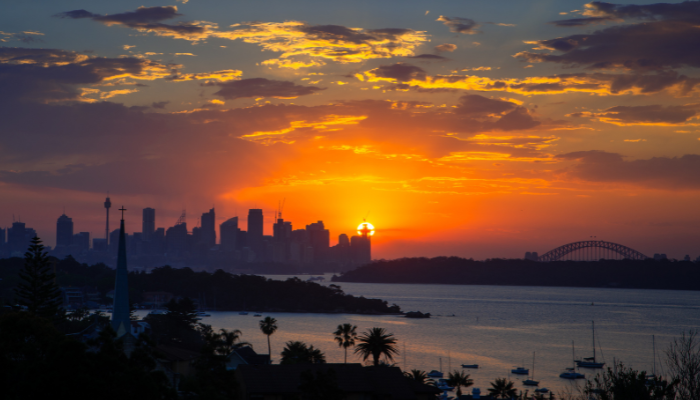
The past twelve months have unraveled some market conditions — surging inflation, rising rates, and easing consumer sentiment — that shaped major trends in the property scene.
Hotspotting director Terry Ryder said there are areas, like Perth and Adelaide, that defied the overall negative sentiment in the property market.
“Perth is the nation’s most vibrant market at present where about three-quarters of suburbs are rising or consistency locations,” he said.
“While Adelaide is not as quite as strong as it was three months ago, it continues to be a solid performer, defying the downturn pressures.”
According to Mr Ryder, these five trends show that the current downturn was not the general narrative of the Australian property market over the past year:
1. Affordable locations dominate growth.
The surge in prices amid the pandemic has led to priced-out buyers finding more options in the affordable areas, particularly in the capital cities of Perth, Adelaide, Darwin, and in key regional centres.
“The strongest sectors in those locations are the most affordable suburbs. In the biggest cities, where markets overall are down, the cheaper areas continue to provide rising markets,” Mr Ryder said.
The list of the best-selling municipalities over the year are dominated by capital city areas that provided a degree of affordability in times of elevated prices and rising interest rates.
2. Perth and Adelaide become more popular.
Perth and Adelaide suburbs dominated the list of 100 “supercharged suburbs”, where there was a patter of increasing sales activity over three or more consecutive quarters.
“More than 40% of the locations on our new 100 list are suburbs in Adelaide and Perth, which are two capital cities that continue to defy the downturn pressures seen in the biggest cities,” Mr Ryder said.
In comparison, Sydney, Melbourne, and Brisbane only accounted 23% of the 100 locations.
3. Buyers go for units in good location.
Affordability remains a key theme as buyers go for units in city areas, particularly in Sydney, Melbourne, and Brisbane.
“Sydney has been declining since mid-2021 but the Inner West and Canterbury-Bankstown remain busy markets. In the City of Melbourne, seven of the 10 suburbs in our analysis have rising or consistent sales levels,” Mr Ryder said.
“The inner-city unit precincts are defying the general decline seen in Brisbane since the start of 2022. With borders open and overseas migrants and students returning, demand from renters and buyers of units has risen – and vacancies have dropped markedly.”
4. Markets started to slow down even before the rate hikes.
Based on the data available, some of the major markets were already in the decline even before the Reserve Bank of Australia started the uptrend in the cash rate.
In fact, Sydney peaked in mid-2021 and started to decline early in 2022.
Meanwhile, Melbourne, Brisbane, and iconic regional centres like the Sunshine Coast and the Gold Coast started trending down in late 2021 or early 2022.
“The Gold Coast sales data shows the trend in action because in the six quarters since mid-2021, the number of suburbs with rising sales activity has been falling, so the downward pattern, starting mid-2021, is very clear.”
5. “Markets within markets” trend emerges.
While there is a sometimes tendency to generalise the performance of real estate markets, Mr Ryder said the current market conditions are showing that Australia is not a single housing market as it seemed.
“There are countless examples of the reality that real estate is essentially a local affair, with markets within markets,” Mr Ryder said.
“Throughout Regional Queensland, for example, there are 130 locations classified as rising markets, 36 notable markets for their consistency, but 120 which are plateau markets and 19 classified as declining markets – all of them in the Sunshine and Gold Coast regions.”
—
Photo by moremilu on Canva.